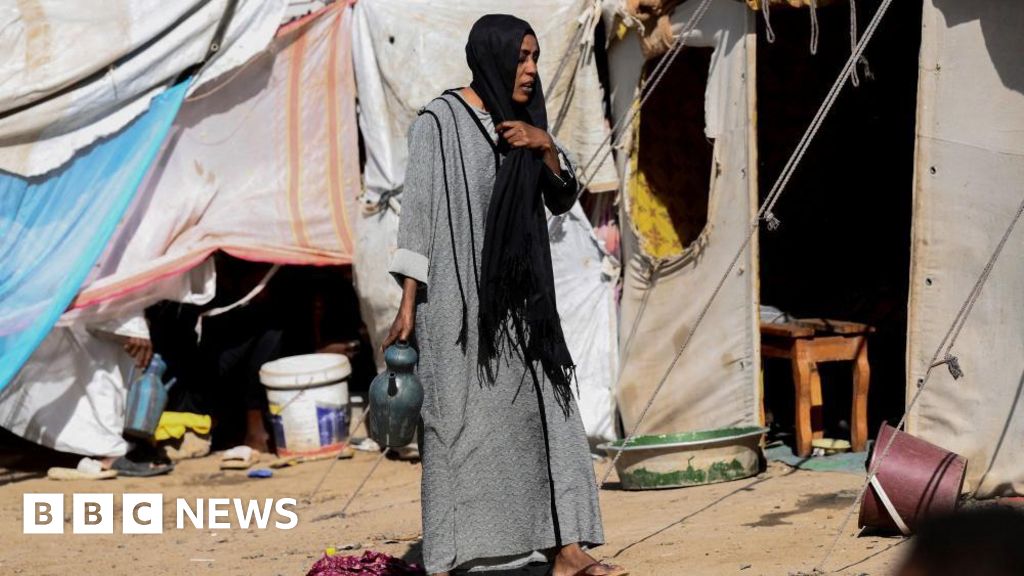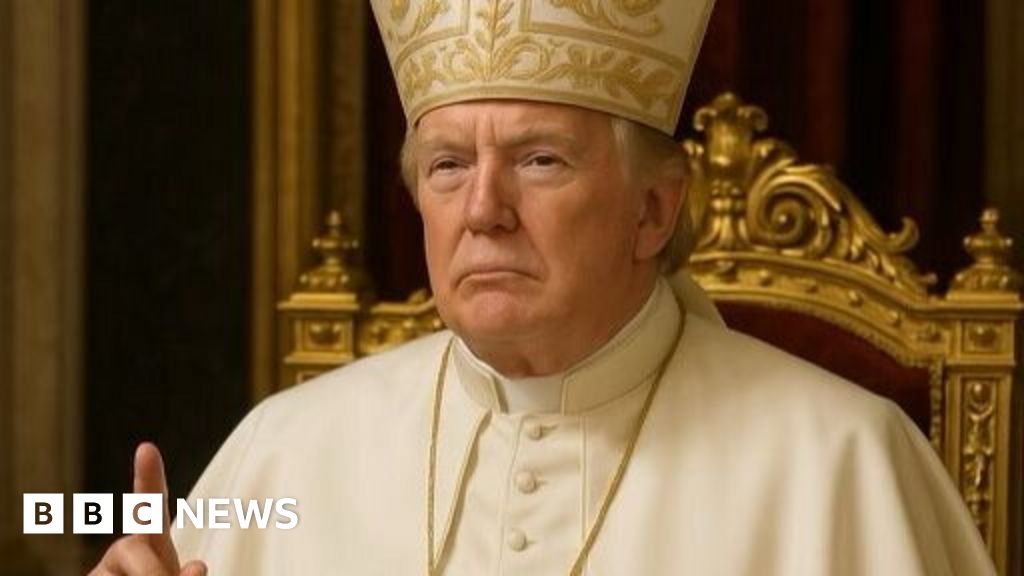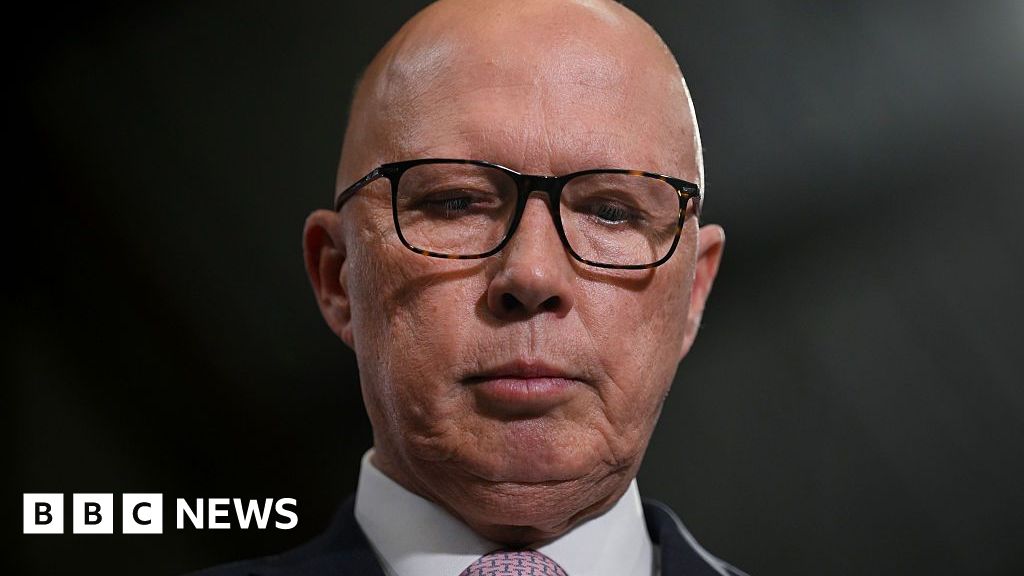Oil producing countries are bracing for a bumpy ride this year, with a precipitous drop in prices to the lowest levels in four years seen as the initial, alarming sign of looming turmoil.
A price drop benefits any country seeking to cut its fuel bill. But in oil producing nations, lower prices can feed economic troubles, and sometimes political unrest, as governments slash spending.
Analysts who had already been predicting lower oil prices because of softening demand amid increased global production said the possibility of a tariff trade war and the overall climate of uncertainty could well deepen producers’ woes.
“The steep price dive and overall volatility is sending a very strong signal that the global economy is going to be rattled this year and that will translate into a lower demand for oil,” said Gregory Brew, a specialist on the geopolitics of oil and gas with the Eurasia Group, a New York-based risk analysis organization.
Wealthy producers may be able to cushion the blow
Earlier this year, the price for benchmark crude held steady around $73 a barrel, high enough to sustain the budgets of most producing nations. But some countries, like Saudi Arabia and the United Arab Emirates, base ambitious development plans on a price of at least $90 a barrel, analysts say.
Saudi Arabia and the United Arab Emirates have earmarked hundreds of billions of dollars for giant projects to try to diversify their economies away from oil. Although Saudi Arabia pays for its Vision 2030 development program outside its annual budget, the huge, futuristic city project, Neom, depends on oil revenues.
To maintain those plans amid lower prices, these richer Gulf nations either have to draw money from their gargantuan reserve funds or borrow, analysts said. Saudi Arabia, the U.A.E. and Kuwait all have easy access to international credit, and can sustain that for years with citizens unlikely to feel the effects, analysts said.
A different story for Iran and Iraq
In Iran, international sanctions have whittled its oil customers down. There’s China, but its demand for oil has slackened markedly amid an economic slowdown. And there are small independent refineries vulnerable to secondary sanctions, which the United States has imposed against two of them in recent months. To attract buyers, Iran will quite likely have to offer steep discounts, analysts said.
Iran is negotiating with Washington over the future of its nuclear program; any agreement could bring sanctions relief. But that is unlikely this year.
Iran also faces increasing pressure to cut spending by lowering its domestic energy subsidies. When it did that in 2019, antigovernment riots erupted and were put down with force. “Keeping energy prices very low is extremely important because they know that if they don’t, then they are at a relatively high risk of uprisings, riots and demonstrations,” said Homayoun Falakshahi, an analyst at the research firm Kpler.
Next door, Iraq depends on oil for an estimated 80 percent of government revenue, so a drop in price would force it to take measures like not paying public sector salaries for chunks of time, a step sure to create domestic discontent. Since the country is not under sanctions, it too can borrow internationally to cover its bills, although that is costly.
Vulnerability in Libya, Nigeria and Venezuela
Libya’s two governments each hold a different half of the country. One runs the bank that takes in oil payments from abroad and the other controls the oil fields. Any price drop would likely ratchet up tensions between the two as they jockey over the revenue, analysts said.
Nigeria’s economy remains terribly vulnerable to a drop in oil revenue, on which it depends to help subsidize energy prices. A new, almost completed private refinery could mitigate the kind of fuel supply problems that can spark political unrest.
Aside from Iran, the other global producer most exposed to price volatility is Venezuela, whose economy collapsed during the drop in prices in 2014-15. Public sector businesses and a bloated government payroll were so dependent on high oil prices that when they collapsed, analysts said, the ensuing economic problems sparked widespread protests that the government put down violently.
Help from Russia and Iran has helped leaven the potential fallout this time around, since increased production and refinery capacity mean Venezuela is unlikely to face the kind of fuel shortages that caused widespread blackouts and fueled public anger.
And then, there’s Russia
In Russia, about one third of the federal budget, predicated on about $70 a barrel for oil, comes from energy revenues. With sanctions, Russia discounts its oil by about $10 a barrel; a $60 price matches the price cap imposed in 2022 after it invaded Ukraine.
Robust oil and gas sales, especially to China and India, have helped insulate ordinary Russians from much economic fallout from the war. The Kremlin has already eaten into its reserve funds, however, and a further price drop would make paying for the war, and everything else, challenging.
Moscow probably still has enough cash reserves to muddle through, but in the short term, there could be pain, analysts said.
Source link















